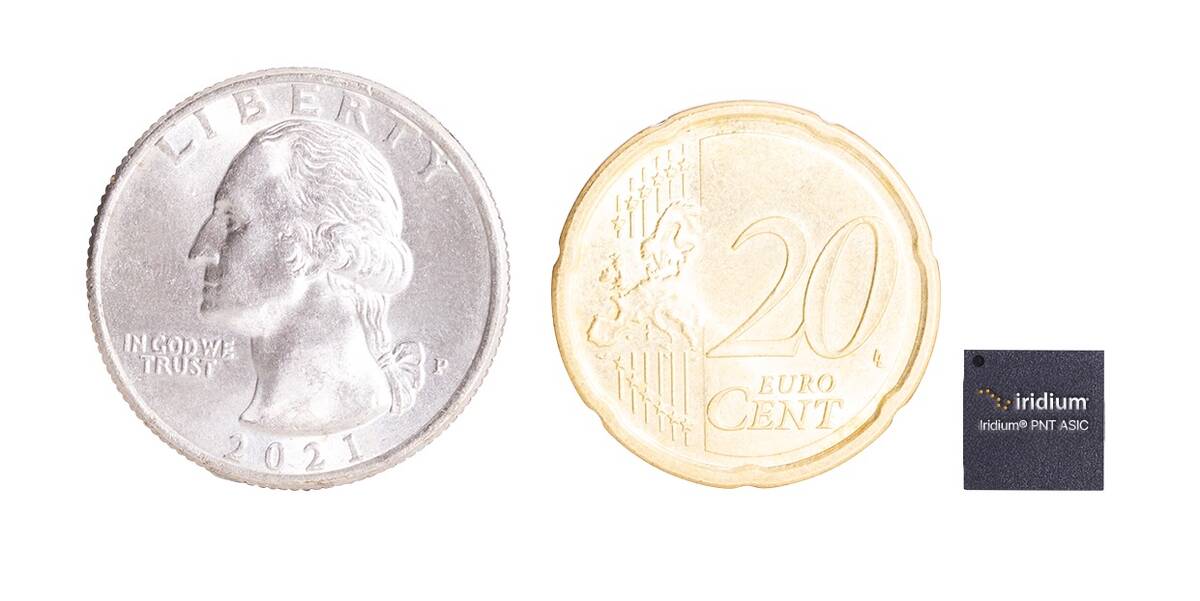Major reductions in fertilizer-based greenhouse gas emissions are possible through 4R nutrient management, according to research from the University of Guelph.
However, such reductions require growers to understand what nutrients are already present in soil, what portion is likely to be available for crops in the growing season and the significance of overapplication.
Support for cost-share programs and collaborative environmental policies could also help speed adoption of more efficient fertilizer-related technologies.
Read Also

New Iridium technology helps block GPS spoofing
A tiny new chip will allow Iridium’s Positioning, Navigation and Timing (PNT) signals to be received much smaller devices, create a backstop against Global Positioning Systems (GPS) spoofing.
Why it matters: Fertilizer is expensive and a significant source of greenhouse gases. Reducing fertilizer use without incurring yield losses is possible with the right tools and a nutrient management program.
Claudia Wagner-Riddle, a professor in the university’s School of Environmental Sciences, believes 4R management (right source, right time, right rate and right placement) comprises a good overarching framework, though the concept is light on details when it comes to quantifying potential emission reductions.
She and colleagues from government and other academic institutions have been trying to measure the environmental impact of 4R fertilizer management practices.
Wagner-Riddle says truly significant reductions lean heavily on achieving each factor simultaneously. Getting the right fertilizer on the right place is all well and good, but if the timing is poor, fertility is lost as emissions anyway.
“The kind of elephant in the room is, eventually, we do need to work on the right rate. That’s the toughest nut to crack,” she says.
“It’s a lot about weather, but it also has that risk for insurance… You don’t want to be standing in the middle season saying, ‘oh I should have applied more.’
“In this area there is some [beneficial] application technology, but the other big part is that forecast of what the season is going to be like, what supply from the soil will be available and what the plants need… We can do that based on historical data, but what farmers are looking for is in this season.”
The solution is to monitor what the soil is providing alongside crop needs. It is critical to understand how nutrients are lost (via water and as ammonia for nitrogen) and what conditions are conducive to that loss.
Combined with on-farm experimentation, Wagner-Riddle says growers can determine whether the expense of repeatedly erring on the side of caution by applying extra fertilizer is offset by the occasional yield boost.
“Losses subtract from what you apply and makes the whole thing less efficient. … It goes back to behaviour and information,” she says, adding farmer-led research groups in the United States have been able to demonstrate emissions reductions by better balancing nitrogen inputs with what’s derived at season’s end.
In terms of the models developed through her own research, data suggest emissions reductions nearing 50 per cent could be achieved without negative yield impact.
Alfons Weersink, one of Wagner-Riddle’s research colleagues and professor of agricultural economics at Guelph, says both carrot and stick incentives — in addition to continued education efforts — will be important to meet emission reduction targets.
The nature of the proverbial carrots and sticks is up for debate.
“A tax on fertilizer has been used in some countries and American states, but it’s not necessarily that effective because there are not a lot of substitutes,” says Weersink.
A self-supporting system, where taxes on fertilizer are used to support further incentives and outreach programs, might have more impact.
Cost-share programs or subsidies for precision fertility equipment could also promote 4R management, though such an approach does not inherently mean less fertilizer will be used since application rates often shift from uniform coverage to more concentrated application in specific areas.
“Really you just try to educate people on the effects of fertilizer. Higher prices will make people more cognizant of what they’re applying,” says Weersink.
“When erosion was a big issue in the 1970s and 1980s, new technology and strategies helped reduce the environ- mental impact, but was also profitable for farmers to use it… It’s harder to see fertilizer loss to air and water.”
Slow-release inhibitors designed to allow greater crop nutrient absorption are an example of a technology that could help achieve emission reduction goals.
Clyde Graham, executive vice-president of Fertilizer Canada, believes the combination of new technologies and increased 4R management adoption is a practical and effective path forward. Other strategies such as subsurface banding and a greater focus on micronutrient deficiencies could go further.
In an ideal world, Graham says policies aimed at reducing fertilizer-based emissions would be based on incentives, including the ability for growers and the private sector to access offset programs.
“Where the growers are being encouraged rather than forced, that we think will have the best uptake,” he says.
“We would like to see a healthy debate around this issue, but I think the best way to achieve better climate outcomes is for farmers, companies, environmental organizations and governments to work together.”















